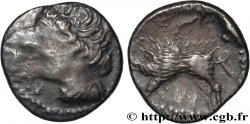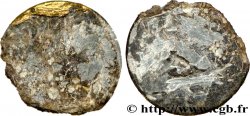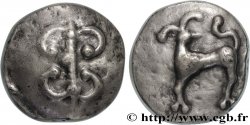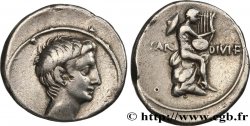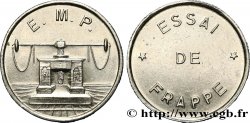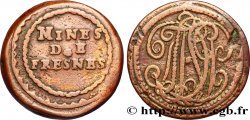bga_858434 - HELVETII (Currently Switzerland) Denier épigraphe VIR à la palme - Meyer I, 16
220.00 €(Approx. 250.80$ | 189.20£)
Quantity
Add to your cart

Type : Denier épigraphe VIR à la palme - Meyer I, 16
Date: c. 80-50 AC.
Metal : silver
Diameter : 13 mm
Orientation dies : 3 h.
Weight : 1,66 g.
Rarity : R3
Coments on the condition:
Beau droit mais revers présentant des faiblesses. Patine grise
Catalogue references :
Predigree :
Cet exemplaire provient de la collection Norbert MICHAUD, fameux collectionneur d’art japonais
Obverse
Obverse legend : ANÉPIGRAPHE.
Obverse description : Palmes de part et d’autre d’un axe verticale bouleté.
Reverse
Reverse legend : VIR DANS UN CARTOUCHE.
Reverse description : Cheval passant à gauche ; une volute au-dessus du dos et la légende entre les jambes.
Commentary
Ce denier appartient à la rare série des monnaies épigraphes à la palme. Le HMZ recense quelques rares monnaies avec cet avers associé à un revers épigraphe. Notre denier se rapproche du 1-42 sans que la légende y corresponde précisément !
Le 1-42 a VM ou MV alors que notre denier VIR(...) ou VID(...) dans un cartouche, comme le dessin n° 16, planche 1, du Meyer (1863).
Le 1-42 a VM ou MV alors que notre denier VIR(...) ou VID(...) dans un cartouche, comme le dessin n° 16, planche 1, du Meyer (1863).







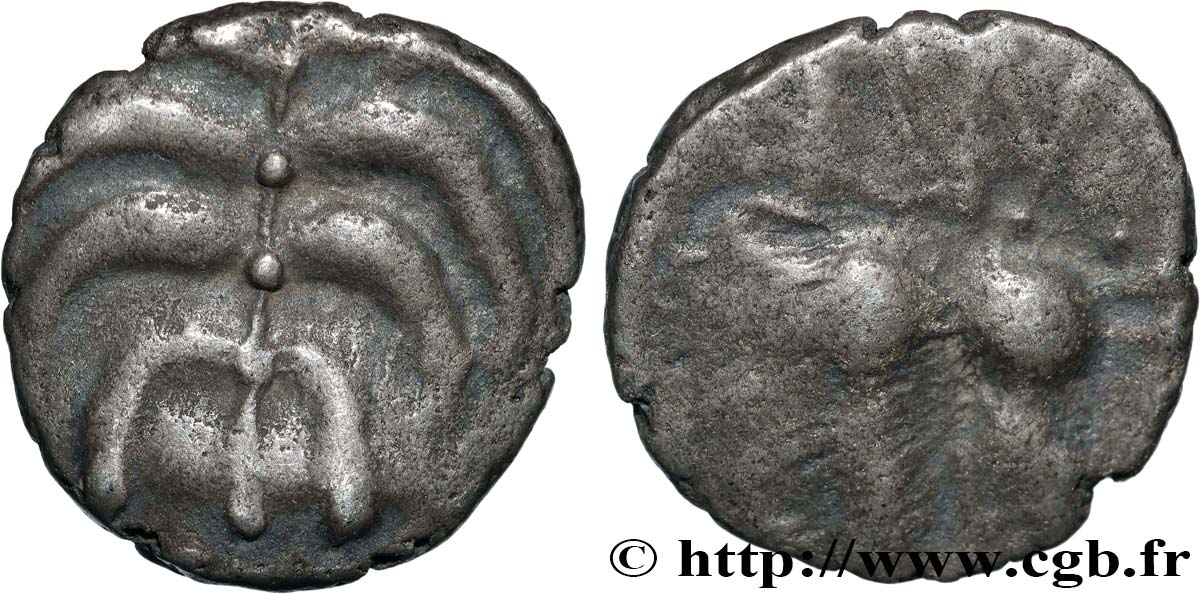
 Report a mistake
Report a mistake Print the page
Print the page Share my selection
Share my selection Ask a question
Ask a question Consign / sell
Consign / sell
 Full data
Full data
